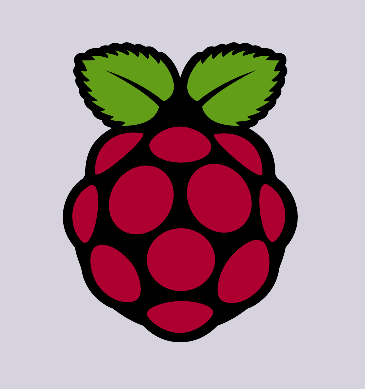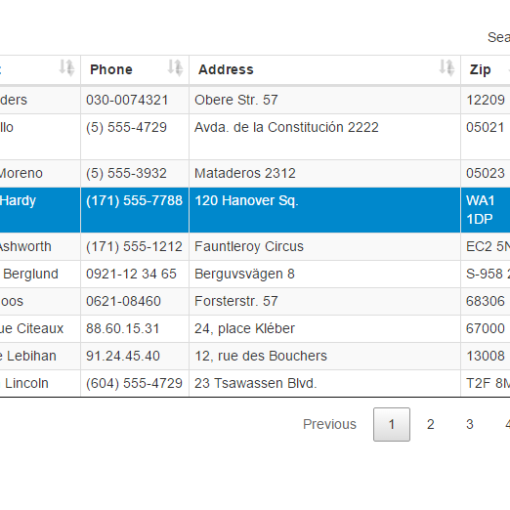COBOL is an old language from 1959, partly based on programming language work by Grace Hopper, with a strong focus on business applications. There are still many COBOL programs running around the globe, mostly in banking, insurance, and governments. Although frequently criticized as a sloppy designed, non-computer-scientific, and a badly structured language in general, COBOL still dominates in many fields that affect our daily lives. For example, when you interact with your bank account there’s almost always some piece of COBOL code quietly working along. When you deal with any kind of “bureaucracy” there’s almost always some complex COBOL-based batch-process that […]
Yearly Archives: 2017
In this article we’ll compile and configure a full Bitcoin Core Node that runs on a Raspberry Pi 3. “Raspies” are tiny computers that can run various OSes, like Linux, or Windows IoT Core. We’ll install Linux by using the NOOBS installer, which provides a Debian-based distribution called Raspbian. Here are a few photos of my Raspberry node: You can download my scripts and config files here. But before we jump into the game let’s write down all the needed hard- & software parts, and their respective links. Hardware Raspberry Pi 3 Model B SD-Card 200GB Class 10 Seagate 2TB […]
In this installment we’ll be talking about Transactions. As we already know a Bitcoin Block contains a Header and a collection of Transactions. We’ve already learned about how important Headers are and how they constitute a back-linked block-chain that helps to maintain the integrity of recorded transactions. Now the two new questions are: What does a Transaction look like? and How do we use it to transfer coins from address to address? And just like in the previous article I’ll be presenting a simplified C++ code here, while the real C++ code will be pointed to via links to Bitcoin’s […]
After a long hiatus I’ve decided to revive this blog by writing a series of blog posts related to Bitcoin and it’s architecture. For the most part the articles will discuss certain structures from Bitcoin’s GitHub repository, but I’ll try to explain them without resorting to tech-savvy terms. Some of you might already have invested in Bitcoin or related cryptos but I am pretty sure that most of you have never looked deeper into the architecture than the usual media outlets do. I suppose that you have heard something about the “blockchain” or “distributed ledger”. And of course, there’s no […]
Building web apps by following certain reactive patterns and conventions is a proven way of delivering stable and scalable software. The tool set we’ll be talking about is known under the acronym ngrx and it comprises of several sub-packages. Here I’ll refer to them simply as ‘ngrx’ but, please, take into account that there are many of them with the same prefix, like ngrx/state, ngrx/effects, ngrx/core and so on. We’ll develop a simple Angular 4.x app showing a table in master-detail design. The UI plugin used to create the table is the nice datatables.net library. The sources can be found here. A working demo […]
The goal of this article is to describe the inner workings of an environment for WebVR components that’s based on A-Frame & Angular 2. As the design and maintenance of components like these are complex and repetitive tasks it’d be of much help to have a mechanism to offload the boilerplate like base structures, build-scripts, polyfills and other ‘usual suspects’ found in almost every web-oriented project. This is the main reason why this project exists. I wanted to have a tool-set that could not only help me create nice WebVR components but also deliver them easily by following best practices and accepted Web Standards. The […]
Yesterday, I discovered an experimental Big Data processing framework written in C++ called Thrill. As most of you surely know, the well-known frameworks of this kind are mostly based on JVM, like Apache Spark or Apache Flink. This, of course, has many advantages, like easily accessible interfaces and a more domain-oriented approach, as we don’t have to deal with “Ceremony Code” or any internals that don’t touch our domain logic. However, everything comes at a cost and utilizing a VM is a price to be paid no matter how optimized your code is. It’s no wonder these projects often resort to […]





